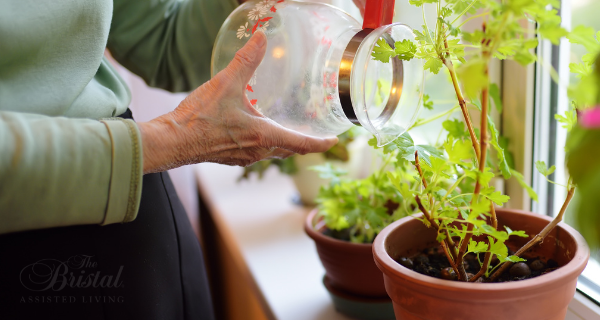Indoor gardens – both decorative and functional – are quickly gaining in popularity, and with good reason. From creative terrariums to lush vertical gardens, creating an indoor garden can be both fun and rewarding. In addition to adding a beautiful touch to your home décor, the benefits of indoor plants are numerous and well-documented. Helping purify the air is probably the most obvious, but houseplants can also relieve stress and anxiety, as well as sharpen your focus. We have curated some tips to help you get started, as well as how to choose an indoor garden that is right for you.
Where to Purchase Plants
While a trip to your local nursery or home improvement store are two reliable ways to purchase plants, there are plenty of online options available too. There are even subscription services that will send you new plants at regular intervals – allowing you to build your garden over time. Beginners may want to consider visiting The Sill – which sells not only sells houseplants, but also has a team of knowledgeable “plant parents” on call to answer questions. Etsy has become a haven for nurseries to sell individual plants, as well as finished container gardens and accessories.
Types of Indoor Gardens
Perfect for budding gardeners, indoor plants typically require less maintenance and are usually more forgiving. When choosing a type of garden consider the amount of space and lighting available, as well as how much time you are willing to devote to its care. There are several styles of indoor gardens you can choose from, and most are relatively inexpensive. Following are just a few examples to help you get started:
Succulent Garden
A good choice for smaller residences with an abundance of natural light, succulent gardens are easy to maintain, as well as beautiful. Succulents are hardy plants that require very little attention to thrive, making them an ideal choice for beginners. There are plenty of types to choose from, including African violets, aloe vera, Christmas cactus, and jade plant. This step-by-step tutorial from The Spruce shows how quickly you can create a succulent garden and provides tips for how best to care for your plants.
Best for: Beginners, and those who want a low maintenance garden.
Vertical Garden
If you have high ceilings, or a blank wall, a vertical garden might be the right choice. Spider plant, English ivy, and Boston fern are classic choices for hanging baskets, but most vines and ferns adapt well to growing indoors. They also require little maintenance, making them a good choice for beginners. For tips on how to get started mixed with a heavy dose of vertical garden inspo, read this article on Apartment Therapy’s website.
Best for: Beginners through advanced gardeners, depending on the type of vertical garden you choose.
Terrarium Garden
Created using a glass vessel (open or closed), plants and soil, terrariums are a fun way to express your creativity. Building a terrarium requires a minimal amount of work, and only a small amount of upkeep once established. Better Homes & Gardens recommends selecting plants that have similar light and moisture needs. There are plenty of DIY online tutorials (like the one on BHG’s website) to help you get started, or you can purchase an already built terrarium.
Best for: Beginners, and those who want a low maintenance garden.
Hydroponic Garden
Who doesn’t love having fresh herbs available at their fingertips? Herbs can spruce up any dish – plus they are a flavorful (and healthy!) alternative to adding salt to your meals. Hydroponic gardens are typically more expensive due to the equipment needed, but they are perfect for smaller spaces without direct sunlight (i.e. kitchen countertops). While you can build a hydroponic garden yourself, there are numerous kits available to help you get started.
Best for: Gardeners who enjoy growing herbs and vegetables.
More Lifestyle News
From food swaps for a healthier diet to importance of staying hydrated, our blog is full of tips for living your best life. Explore all our articles on the blog here.



